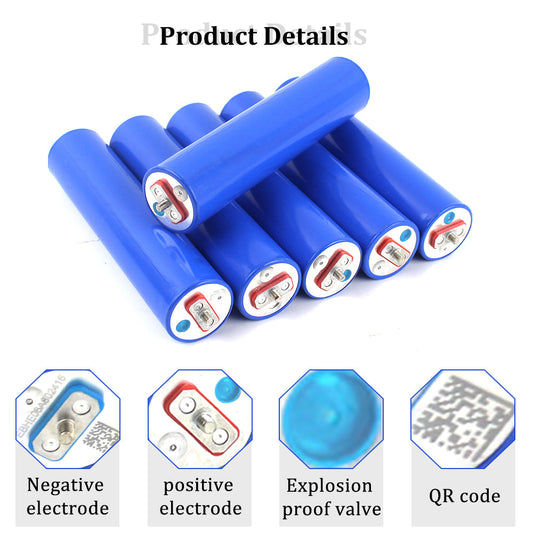In the realm of battery technology, distinct components play crucial roles in powering various devices and systems. At the core lies the battery cell, serving as the fundamental building block with a typical voltage range of 3V to 4V. Moving up the hierarchy, the battery module emerges, consolidating multiple cells into a unified physical unit, thus elevating both voltage and capacity levels. Finally, the battery pack encompasses multiple battery modules, often integrated with a Battery Management System (BMS), culminating in the ultimate product delivered by manufacturers to end-users, furnishing reliable power for diverse applications.
1.Explaining the Concept of a Lithium Battery Module
A lithium battery module serves as an intermediary component between individual lithium-ion cells and larger battery packs. It is formed by arranging lithium-ion cells in series and parallel configurations, coupled with a single battery monitoring and management unit. The primary functions of a lithium battery module encompass mechanical support, electrical connectivity, thermal regulation, and fault tolerance. Its design must ensure the secure positioning of cells to prevent performance-damaging deformations. Additionally, it must meet requirements for electrical conductivity, temperature control, and fault handling, including the ability to isolate power during serious abnormalities. Effective communication between components is crucial for optimal performance. Advanced lithium battery modules often employ innovative thermal management solutions such as liquid cooling or phase change materials. For further information, refer to VDA battery module and standard battery pack specifications.
2. Characteristics of lithium battery modules
1.Voltage and Capacity Enhancement: Lithium battery modules amalgamate multiple individual cells, resulting in an increased voltage and overall capacity compared to standalone cells. This consolidation enables the delivery of higher power output and longer operational durations.Structural
2.Integrity: Lithium battery modules are engineered with robust mechanical structures that provide support, stability, and protection to the enclosed cells. This ensures resilience against external impacts and vibrations, safeguarding the integrity and performance of the module.
3.Integrated Battery Management System (BMS): Sophisticated BMS components are embedded within lithium battery modules to monitor and manage various parameters such as voltage, temperature, and state of charge. This ensures optimal performance, balanced cell operation, and protection against overcharging, over-discharging, and thermal runaway.
3.How to make a lithium battery module
Building a lithium battery module requires careful planning by professionals, from selecting a suitable high-quality lithium-ion battery to designing a mechanical enclosure that ensures the structural integrity and thermal management of the battery module. Integration of a battery management system (BMS) is critical to monitor battery parameters and ensure safety. Generally, before we package and deploy modules, we will conduct strict testing and quality assurance measures in accordance with relevant standards and regulations. Finally, the module is integrated into the target application and comprehensive documentation is provided for easy installation and operation.
If you need more battery module information, please contact us, thank you!






